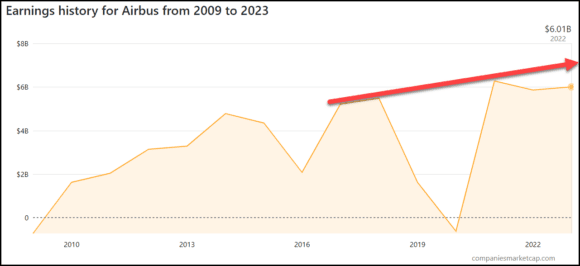December 2 is literally around the corner and Emirates is supposed to take delivery of its first Rolls-Royce powered A380. But it looks like this might not occur on the date. News out November 18th suggests that Rolls-Royce has not met its contractual obligations.
Sir Tim Clark, president of Emirates, is not a man to be trifled with. He has built the airline’s remarkable success on the A380. He is committed to the aircraft, and it is the cornerstone of the airline’s plans to move pretty much all major traffic flows over Dubai. At a media meeting in Berlin on the 18th he was unequivocal “We want the engines as prescribed in the contract”.
Sir Tim gave no details. But there are apparently technical issues that need fixing.
Rolls-Royce pushed to win Emirates as a customer and secured a deal to power 50 A380s – that’s 200 engines. This is the largest order Rolls-Royce ever won. In this report it seems that Rolls-Royce won the Emirates order, in part, by offering an engine for an A380neo.
Speaking with various industry sources it appears the current Rolls-Royce Trent 900 may be facing a challenge operating in dusty Dubai conditions. The Trent 900 is slimmer and lighter than the Engine Alliance GP, which is the engine Emirates has bought so far for the A380. That would be a good thing normally, but perhaps not in dusty conditions. In OEM talk, the Trent has less “margin” than the GP. Essentially, the GP is better at handling dust. When dust gets into an engine, it degrades the cooling system in the turbine, which makes the engine run hotter. The GP has more capability to withstand these higher temperatures. Engine Alliance recently introduced an improvement to make its engines perform even better in dusty environments.
What are the implications of this? The Trent 900, we understand, in its current form could suffer more wear and tear. The engine’s HP compressor blades need a more robust coating. There is a fix coming, but it does not look like this will be available by December 2nd. The implication of this is that Emirates Trent-powered A380s are potentially going to spend more time in the shop. The GP engine delivers 3,500 cycles before its first shop visit. We understand that, internally at Emirates, there is an expectation that the current Trent 900 might need a shop visit every 800 cycles. That is a big difference and very expensive.
Perhaps this is why Sir Tim is concerned. The cost of a shop visit until Rolls-Royce gets the fix done is something the engine maker will have to cover with its TotalCare contract. Taking an A380 out of service to get engines replaced is not only expensive – it is highly disruptive to schedules that are based on a plan at 3,500 flights between shop visits.






I dont quite follow the reasoning. Dusty conditions are hardly the game changer in the next 18 months. How many engines will be delivered before the blade coating is produced ? A handful and if they require a fix in 5 years instead of 6 that too can be easily done.